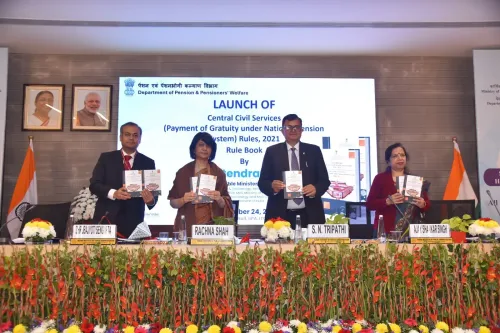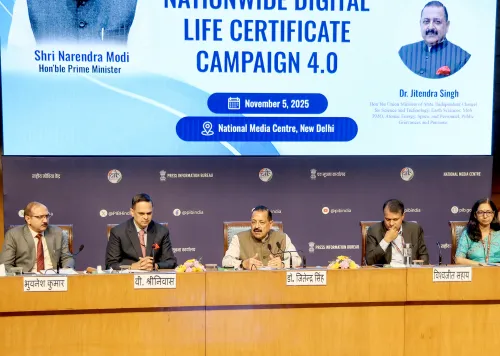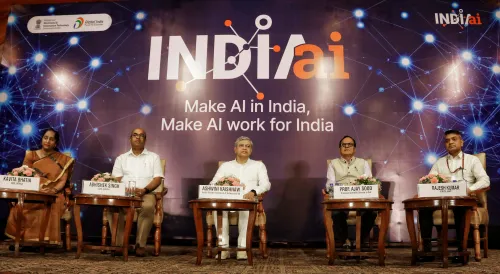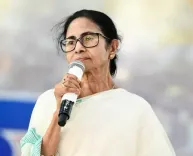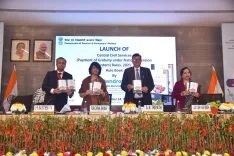How is India’s EV Growth Accelerating with a Multi-Fuel Approach?
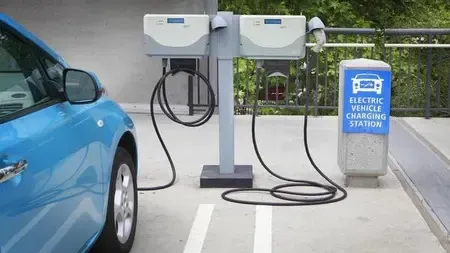
Synopsis
Key Takeaways
- India is advancing towards sustainable mobility with a multi-fuel approach.
- EV adoption is driven by government policies and consumer awareness.
- Leading states in EV sales include Uttar Pradesh, Maharashtra, Karnataka, and Tamil Nadu.
- Upcoming CAFÉ 3 norms will incentivize low-emission vehicle production.
- The transition includes a variety of technologies such as CNG and hybrids.
New Delhi, Oct 23 (NationPress) India is swiftly advancing towards sustainable mobility with a diverse array of electric, hybrid, and alternative fuel vehicles, according to a recent report released on Thursday.
The report, compiled by the India Energy Storage Alliance (IESA) and titled “Automotive Electrification in India Market Report,” was unveiled under the auspices of IESA’s e-mobility initiative, the India Electric Mobility Council (IEMC).
As the world’s fourth-largest automobile manufacturer, India finds itself at a pivotal moment in its automotive evolution.
The report emphasizes that although petrol and diesel vehicles continue to dominate the streets, the transition towards cleaner mobility is gaining significant traction.
Factors such as government policies, substantial industry investments, and increasing consumer awareness are propelling the nation towards a more sustainable transportation landscape.
Leading the charge in electric vehicle (EV) adoption are several states, including Uttar Pradesh, Maharashtra, Karnataka, and Tamil Nadu.
These regions collectively account for over half of India’s total EV sales and are actively facilitating the transition by promoting local EV manufacturing, enhancing charging infrastructure, and establishing dedicated mobility clusters.
The IESA report notes that India’s pathway to cleaner transport is distinctive due to its multi-fuel, multi-pathway approach.
In addition to battery electric vehicles, there is a burgeoning interest in compressed natural gas (CNG), hybrids, flex-fuel, and hydrogen-powered vehicles.
Each of these technologies contributes to decreasing emissions and addressing various transportation requirements.
To bolster this shift, the government’s forthcoming Corporate Average Fuel Efficiency (CAFÉ 3) norms, effective from April 2027, will incentivize automakers producing more zero- and low-emission vehicles.
These norms will introduce new incentives, referred to as volume derogation factors, for vehicles utilizing batteries, hybrids, and alternative fuels.
Debmalya Sen, President of IESA, stated that policy support is crucial for facilitating this transformation and influencing consumer preferences.
He remarked that while some states are making direct advancements towards zero-emission vehicles, others are opting for a gradual transition through alternative fuels, based on their market readiness and infrastructure.


